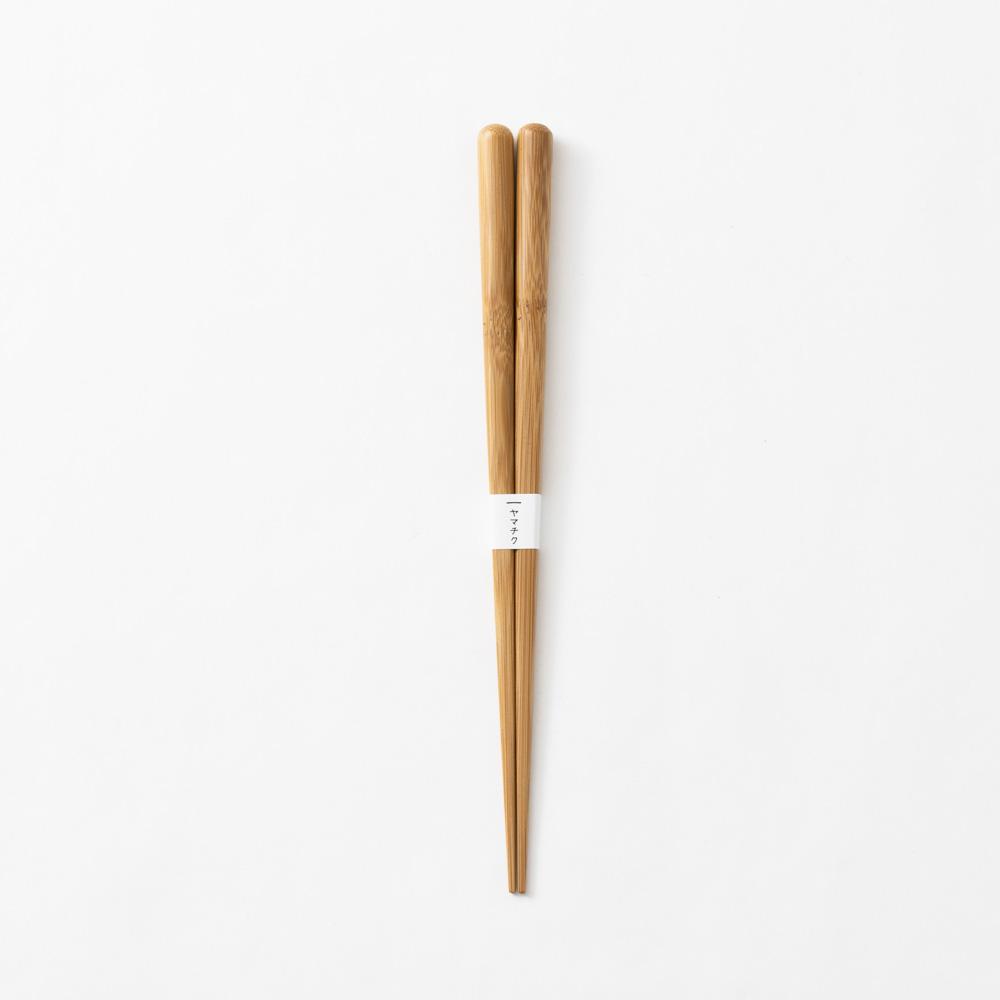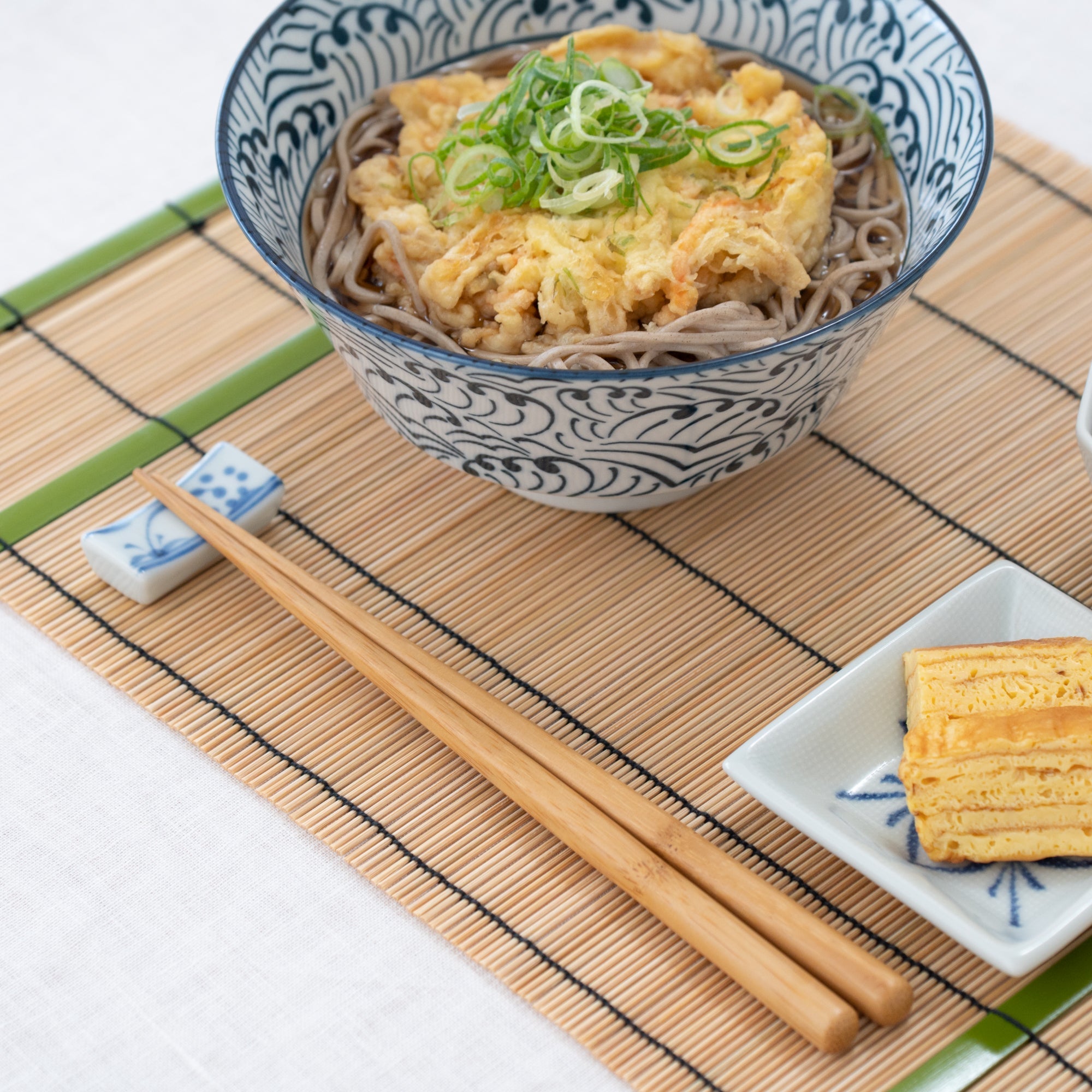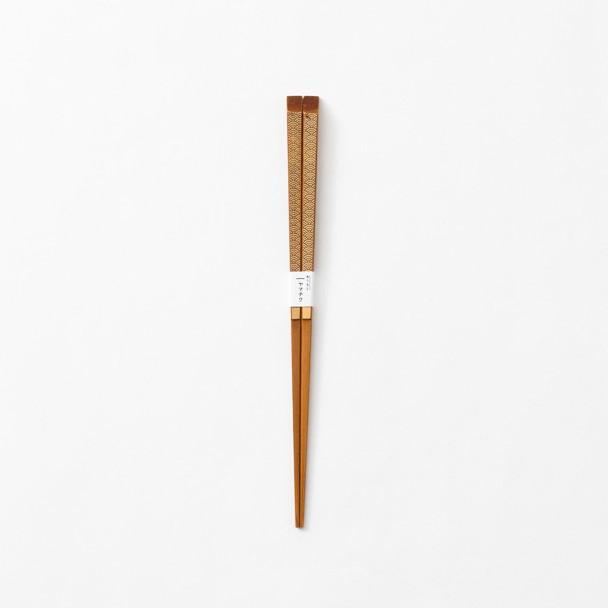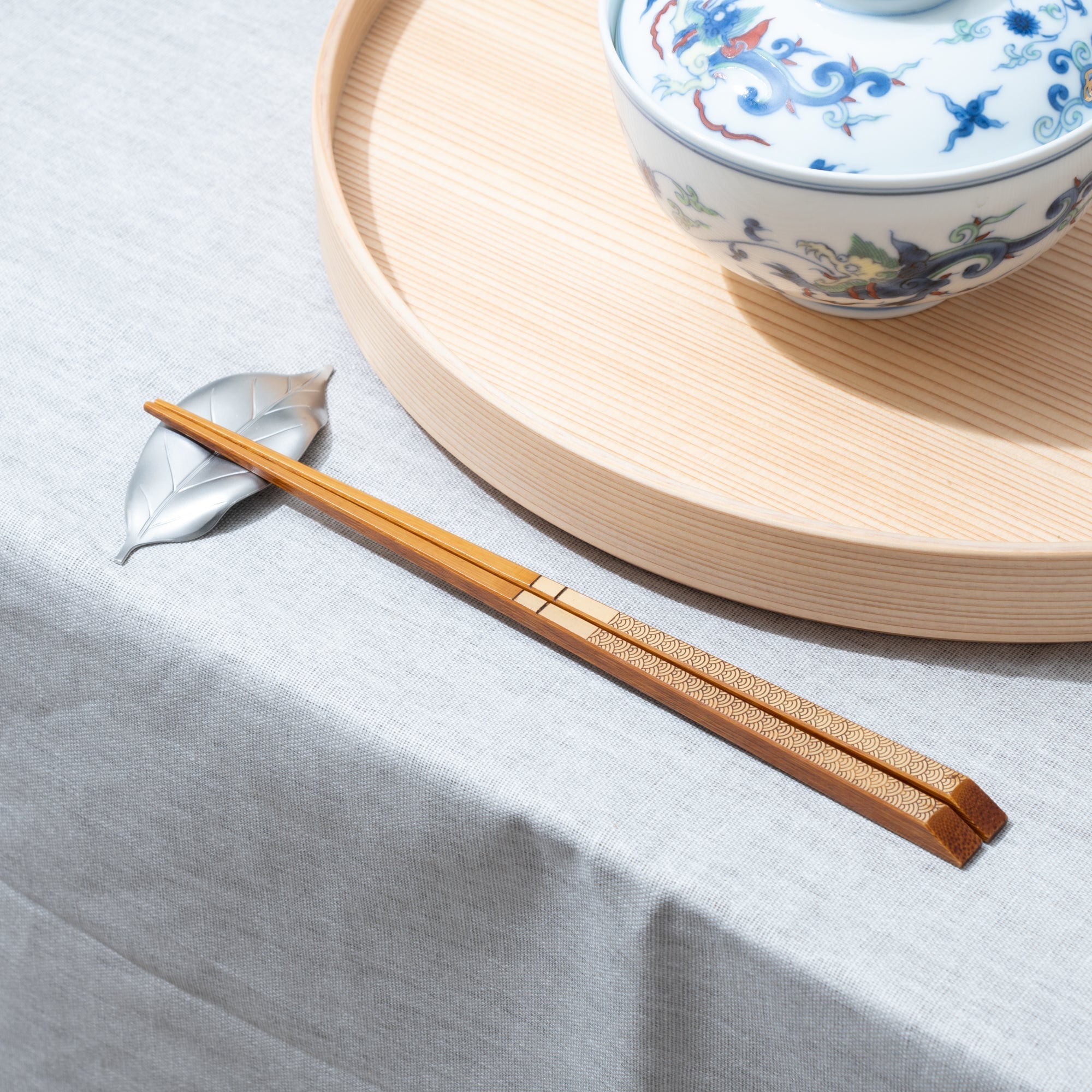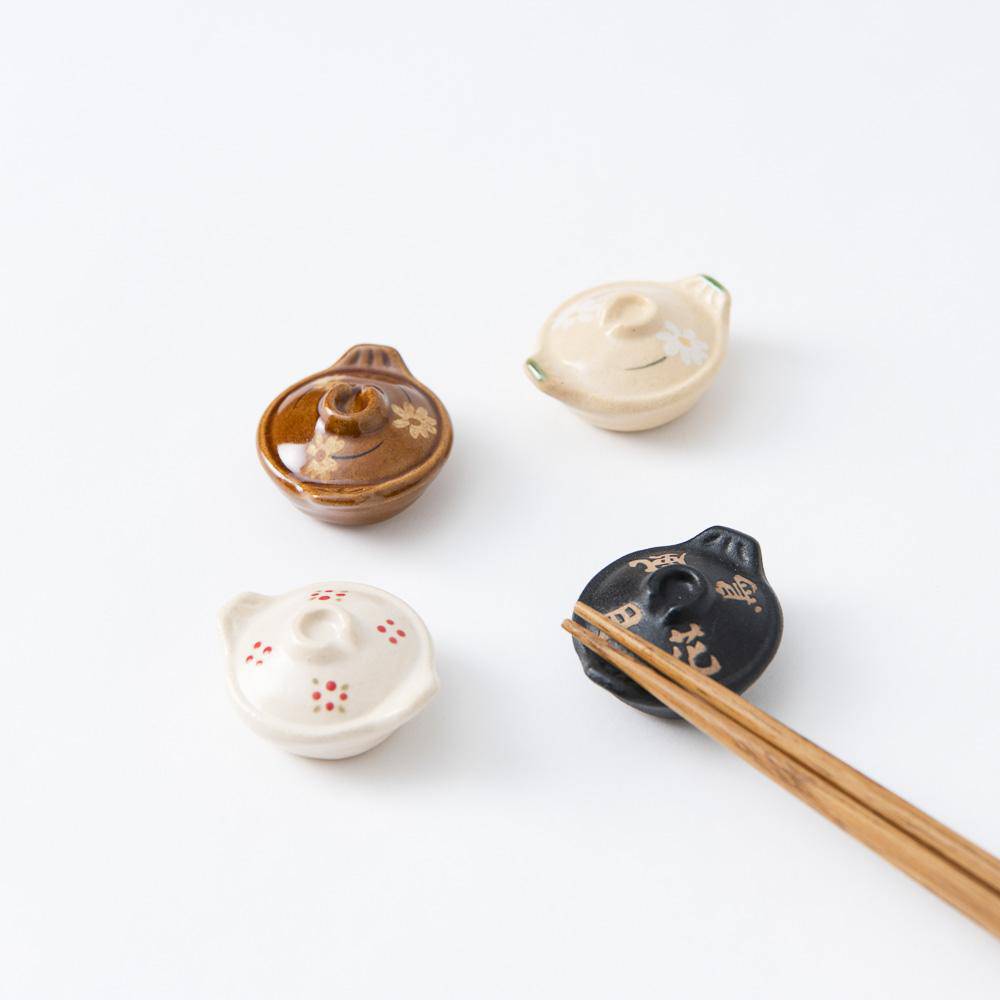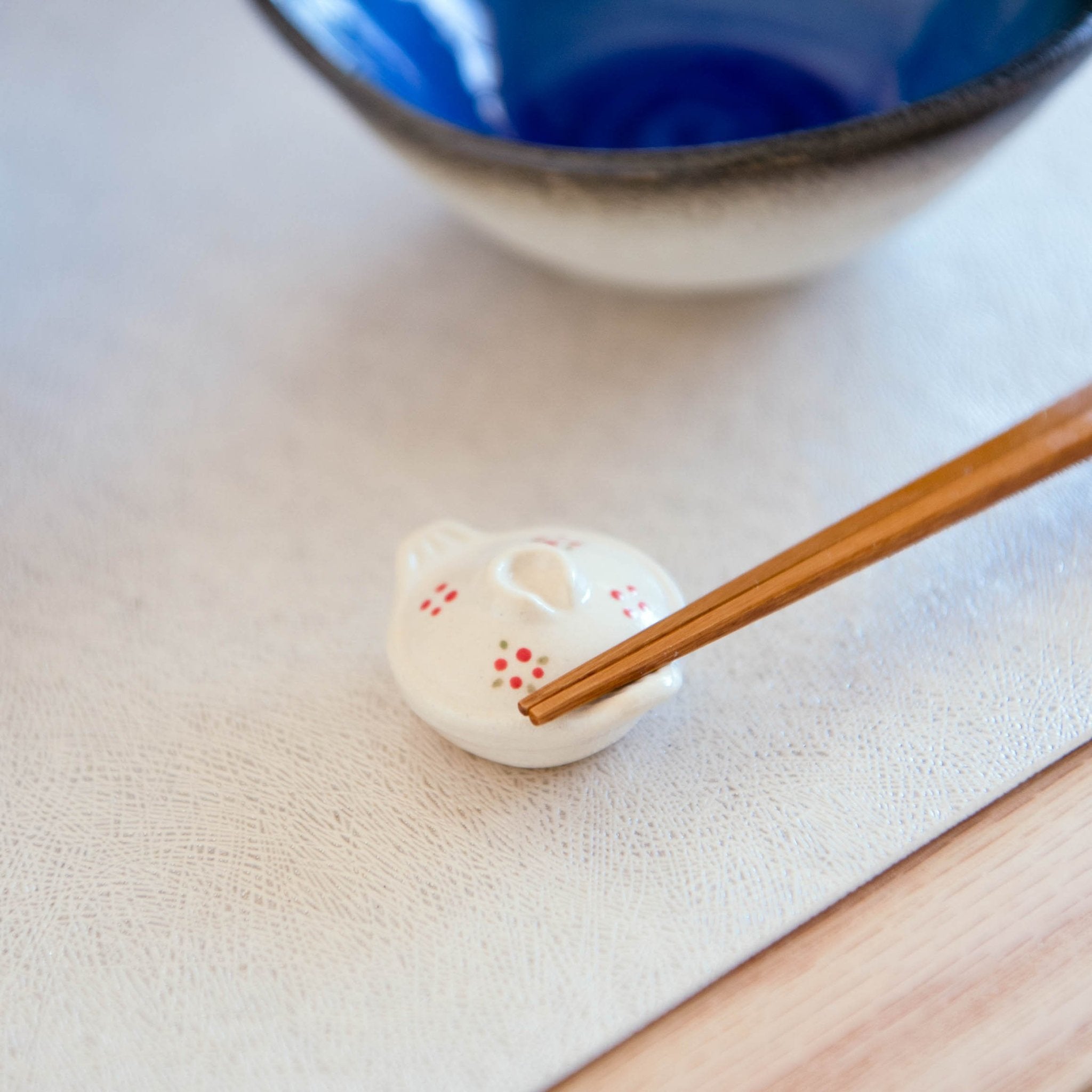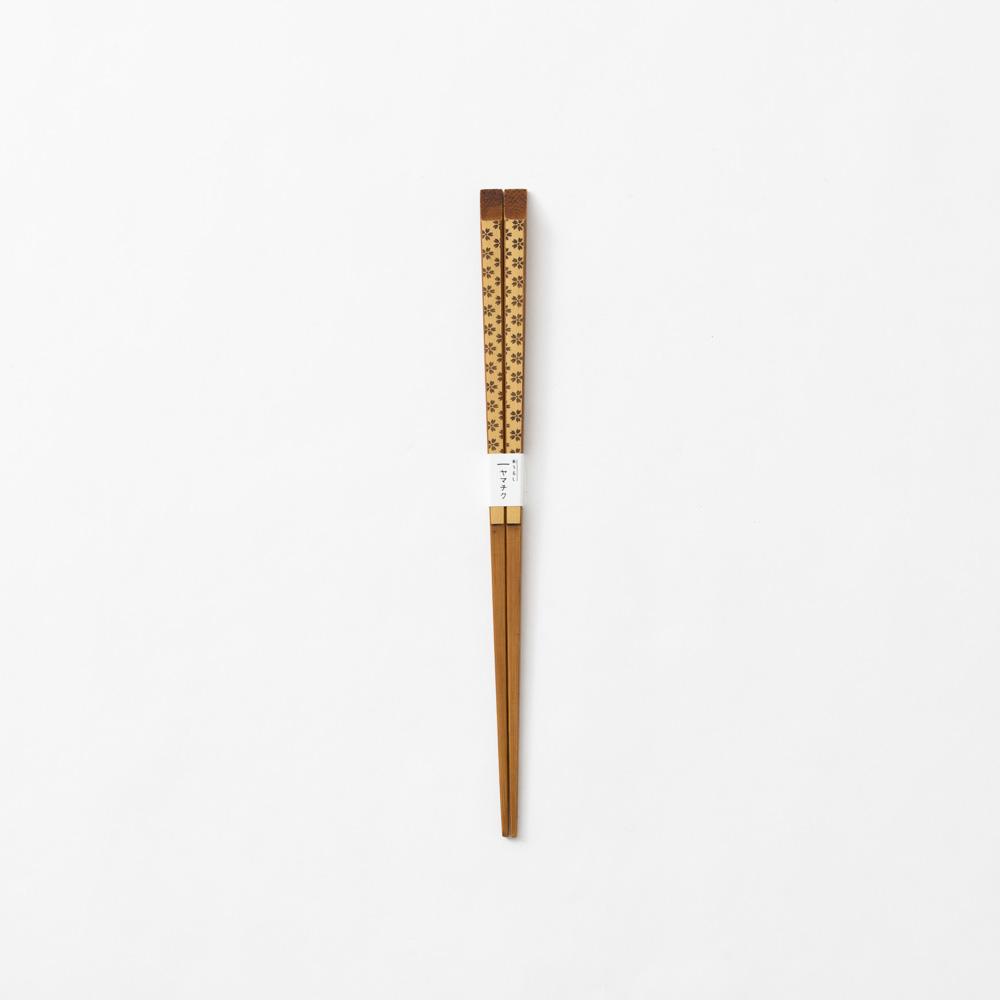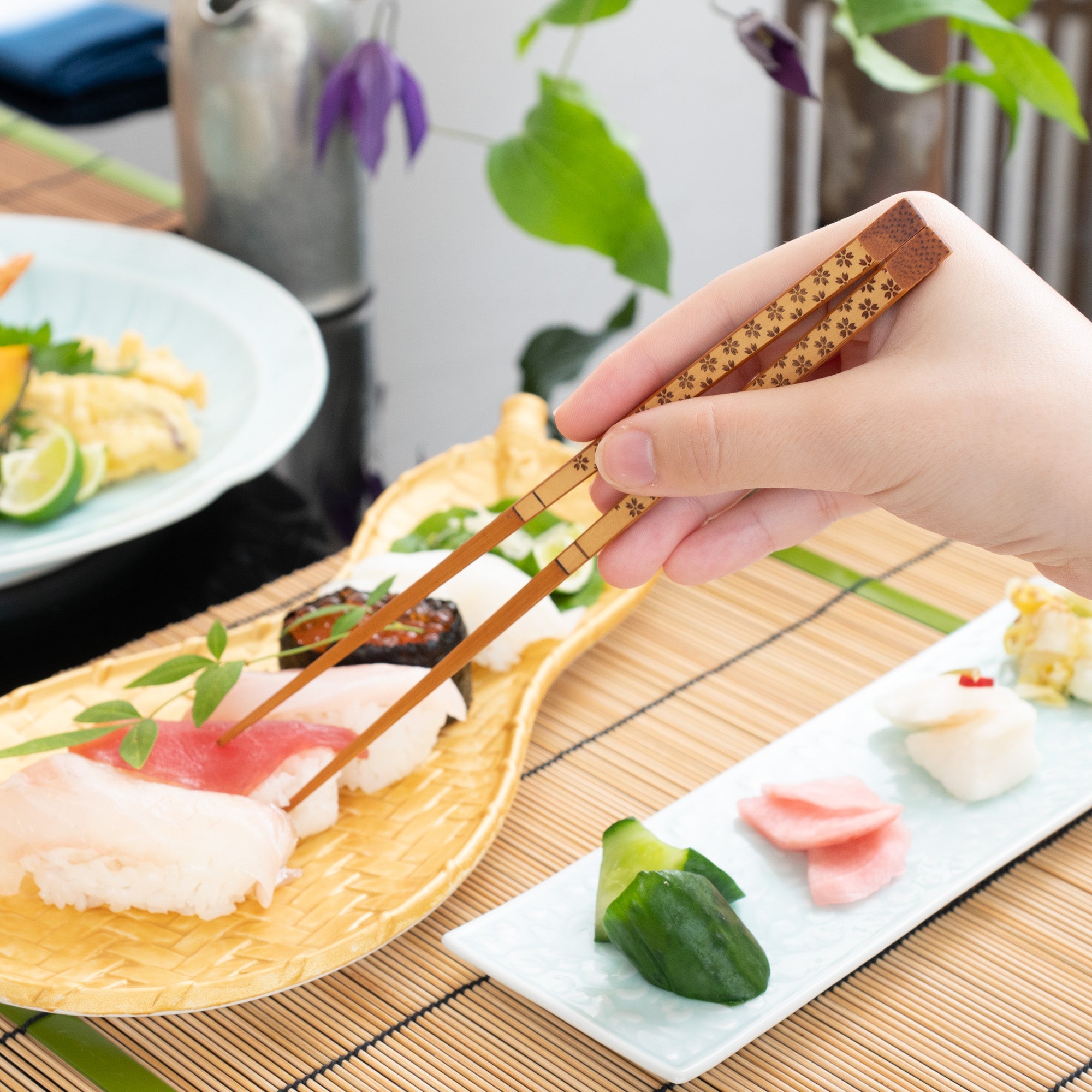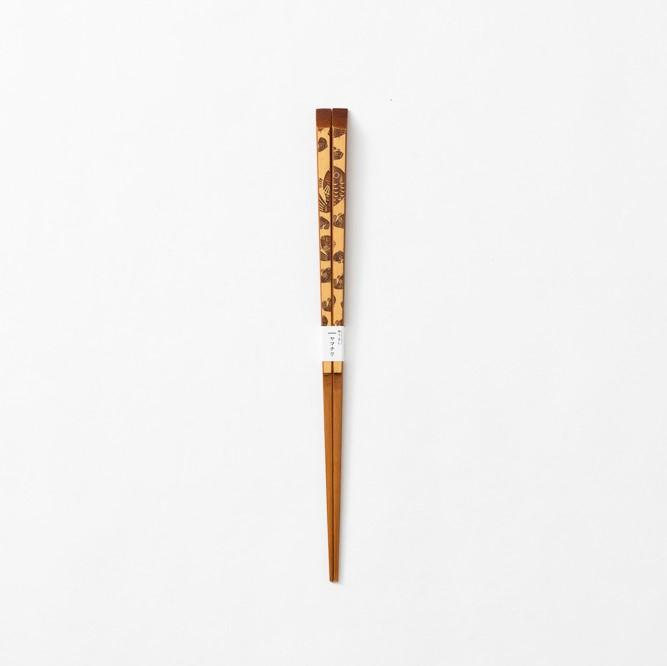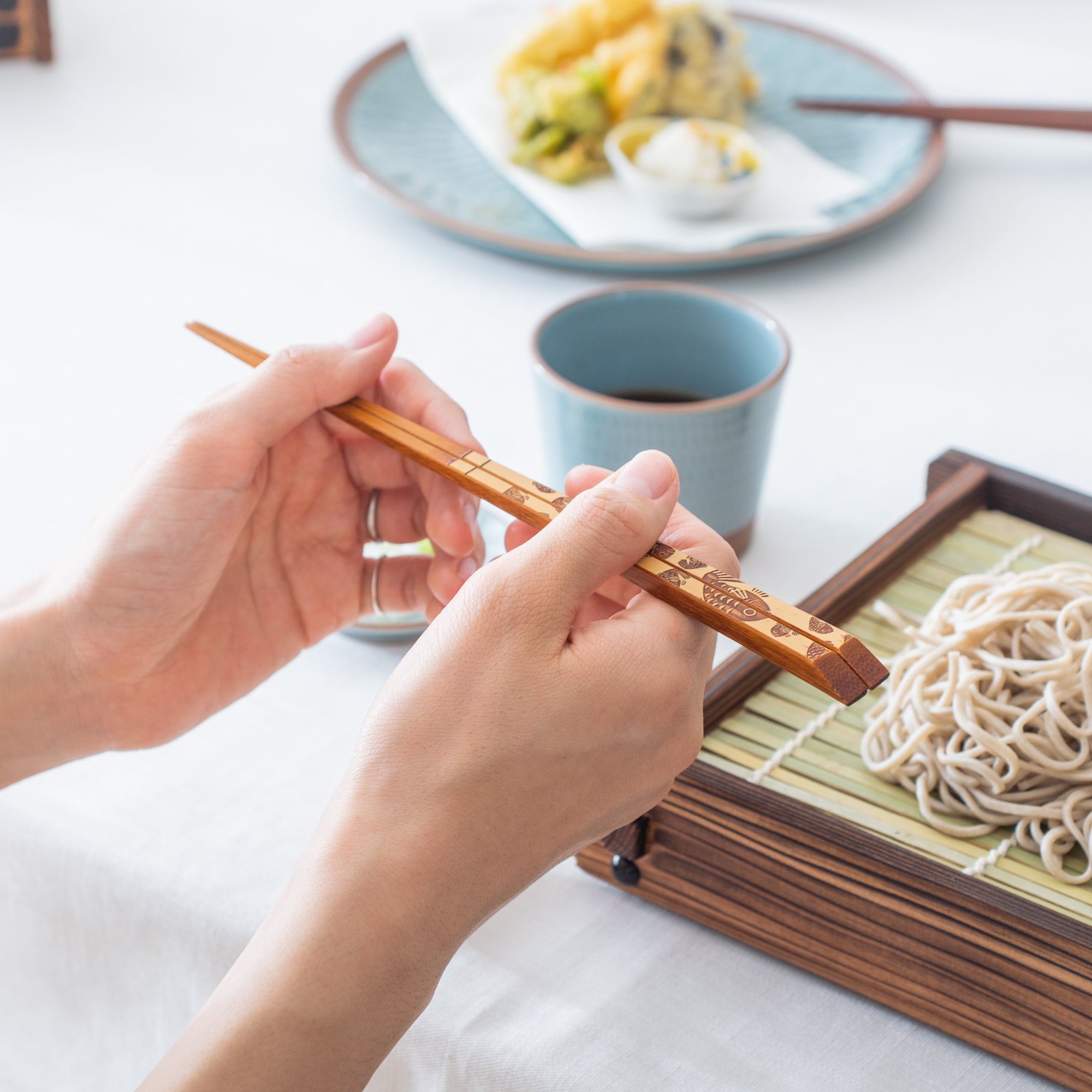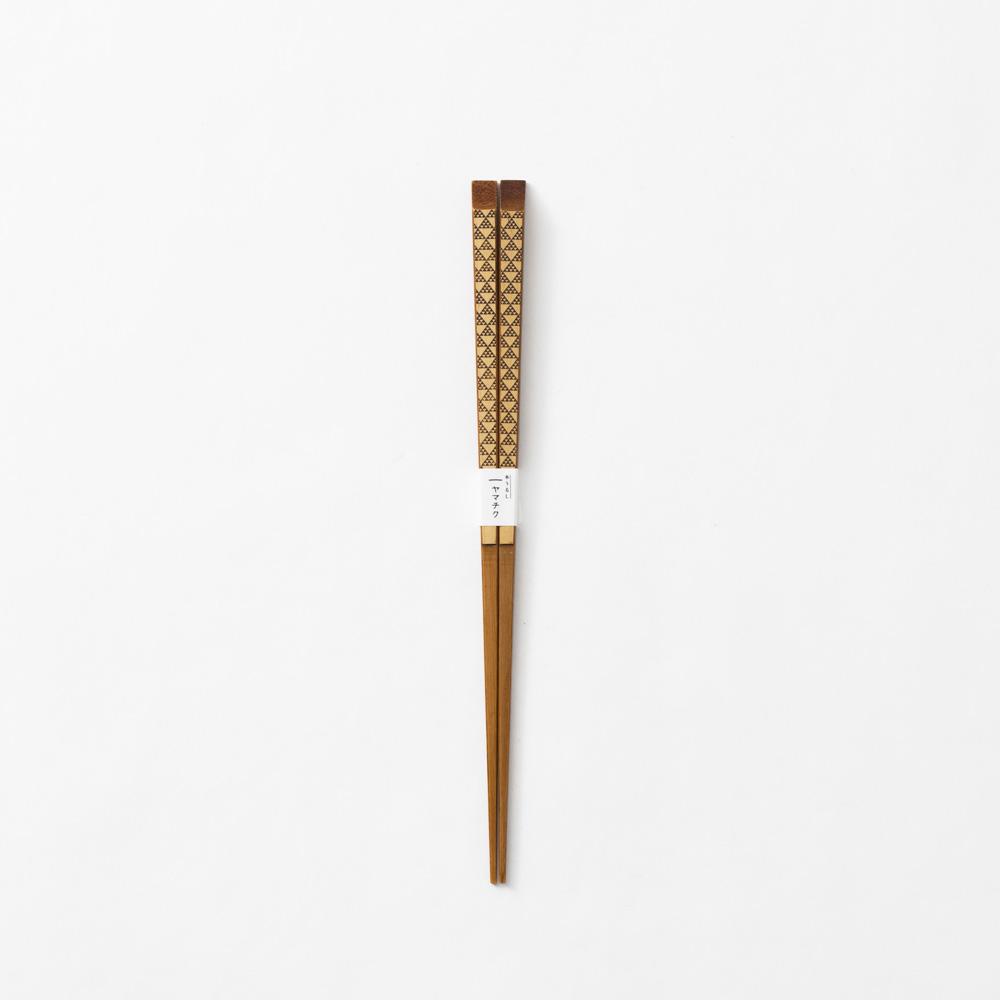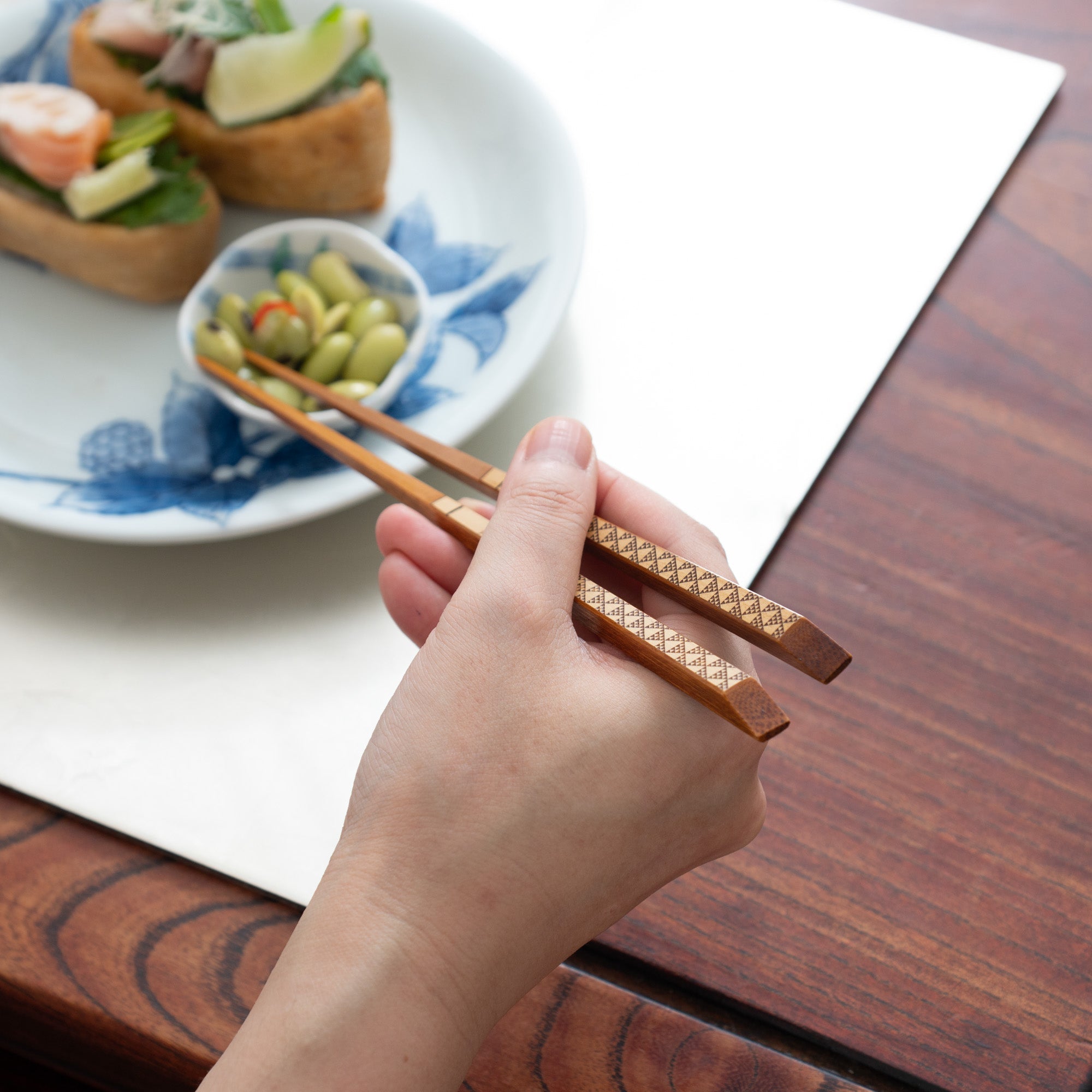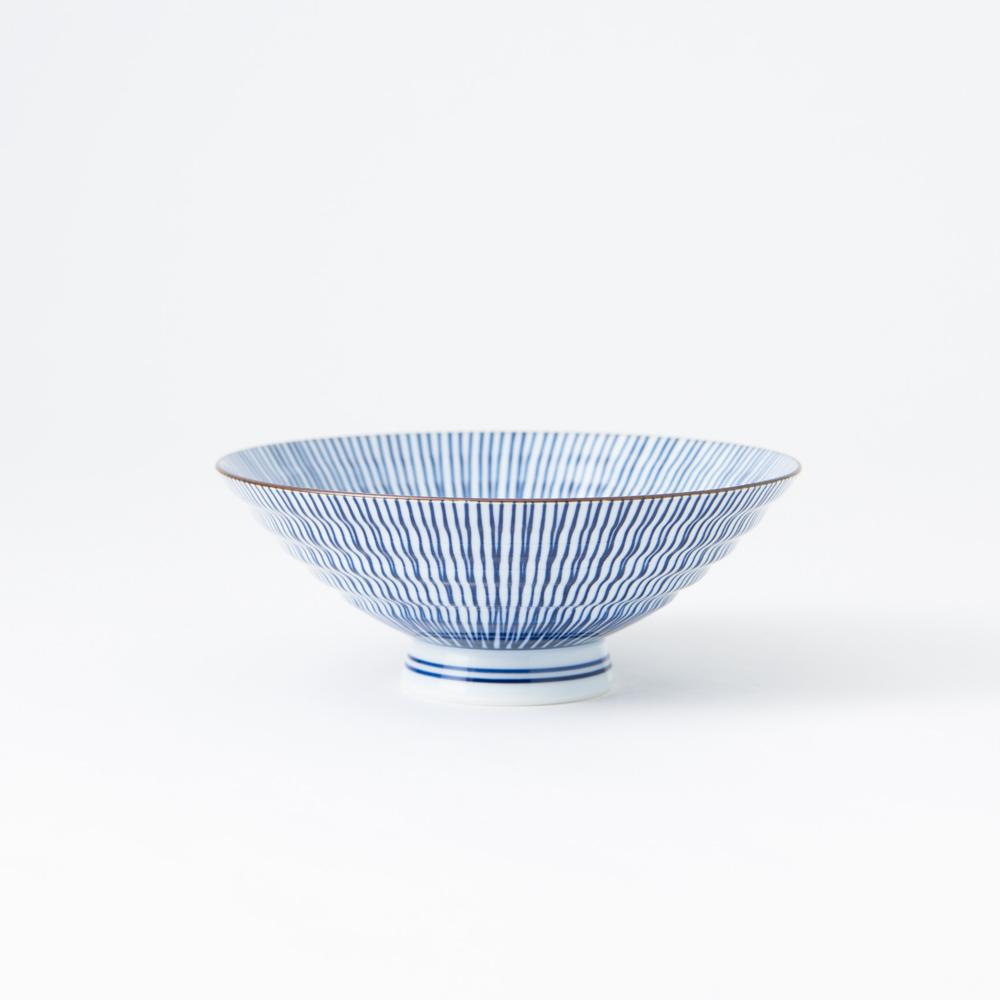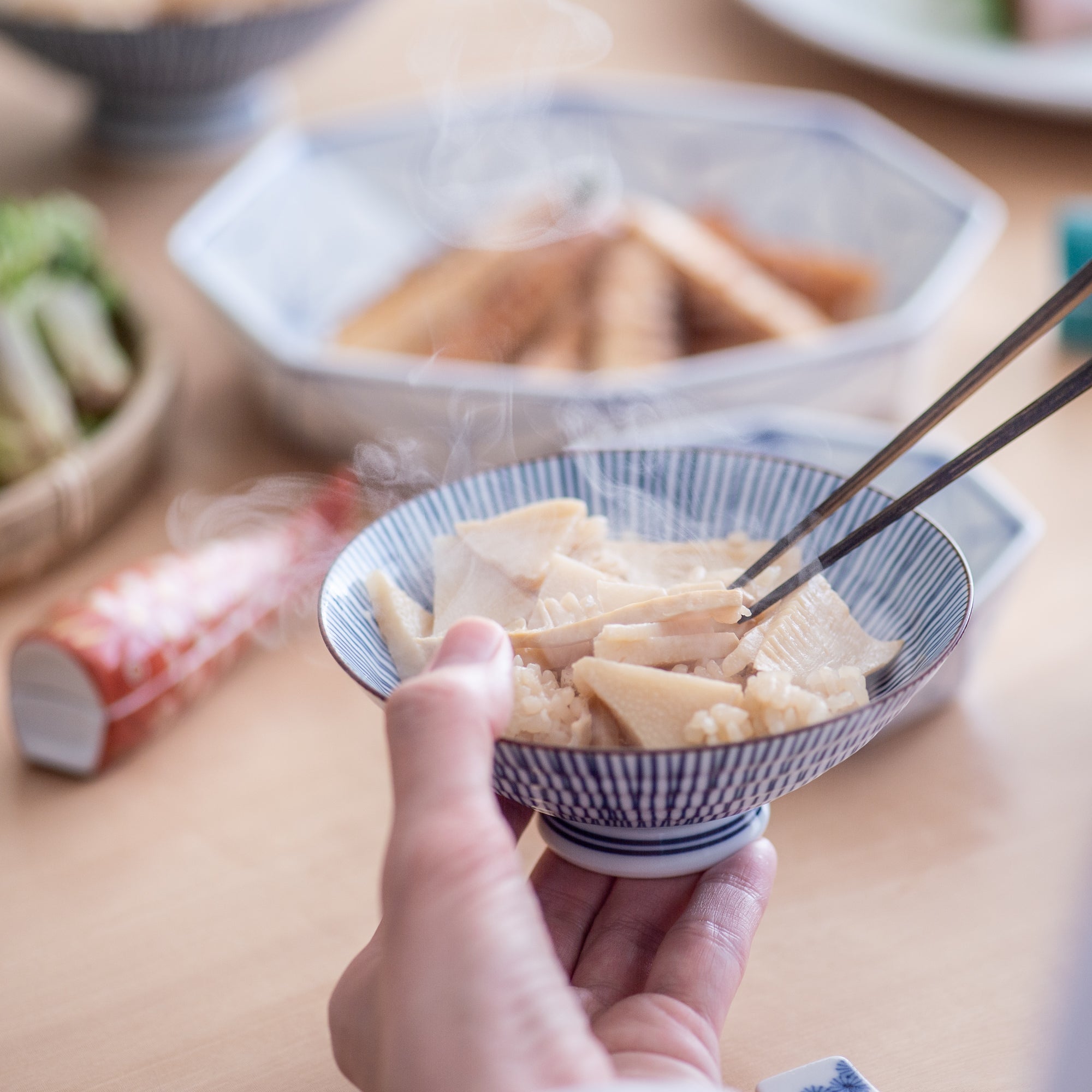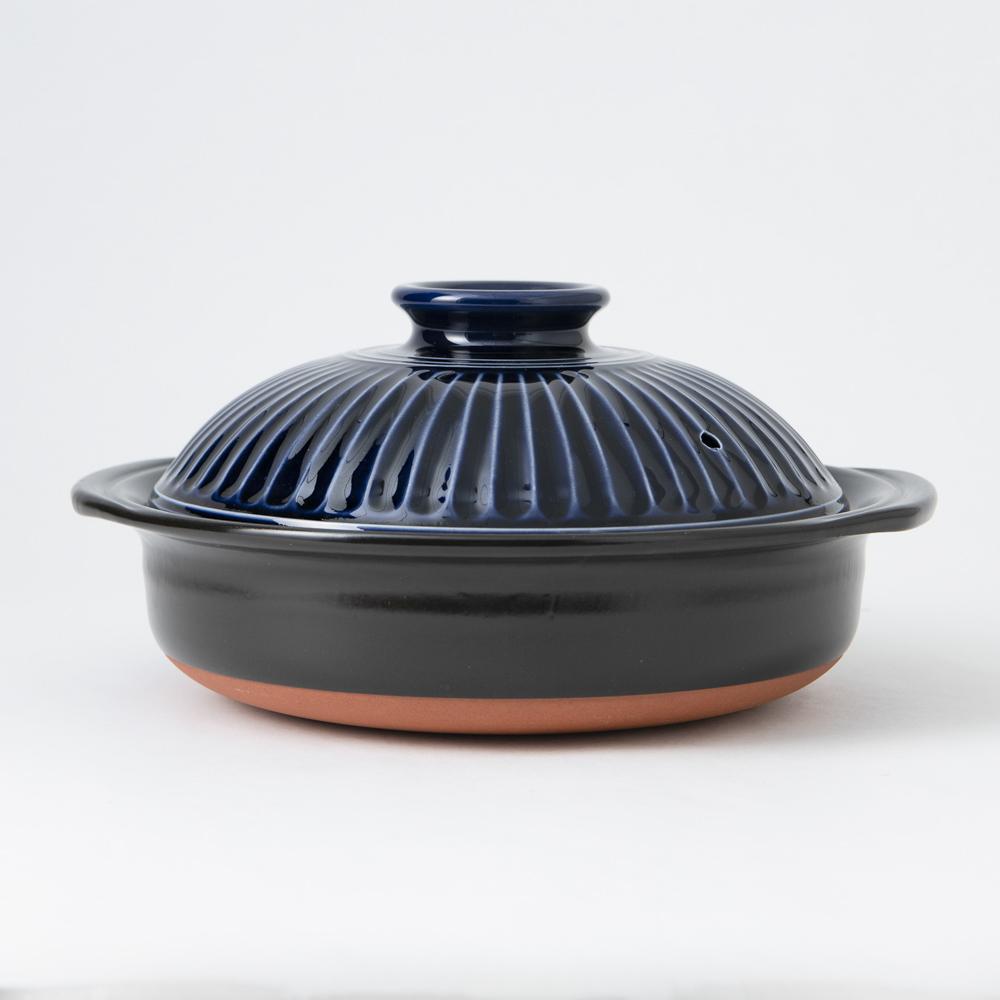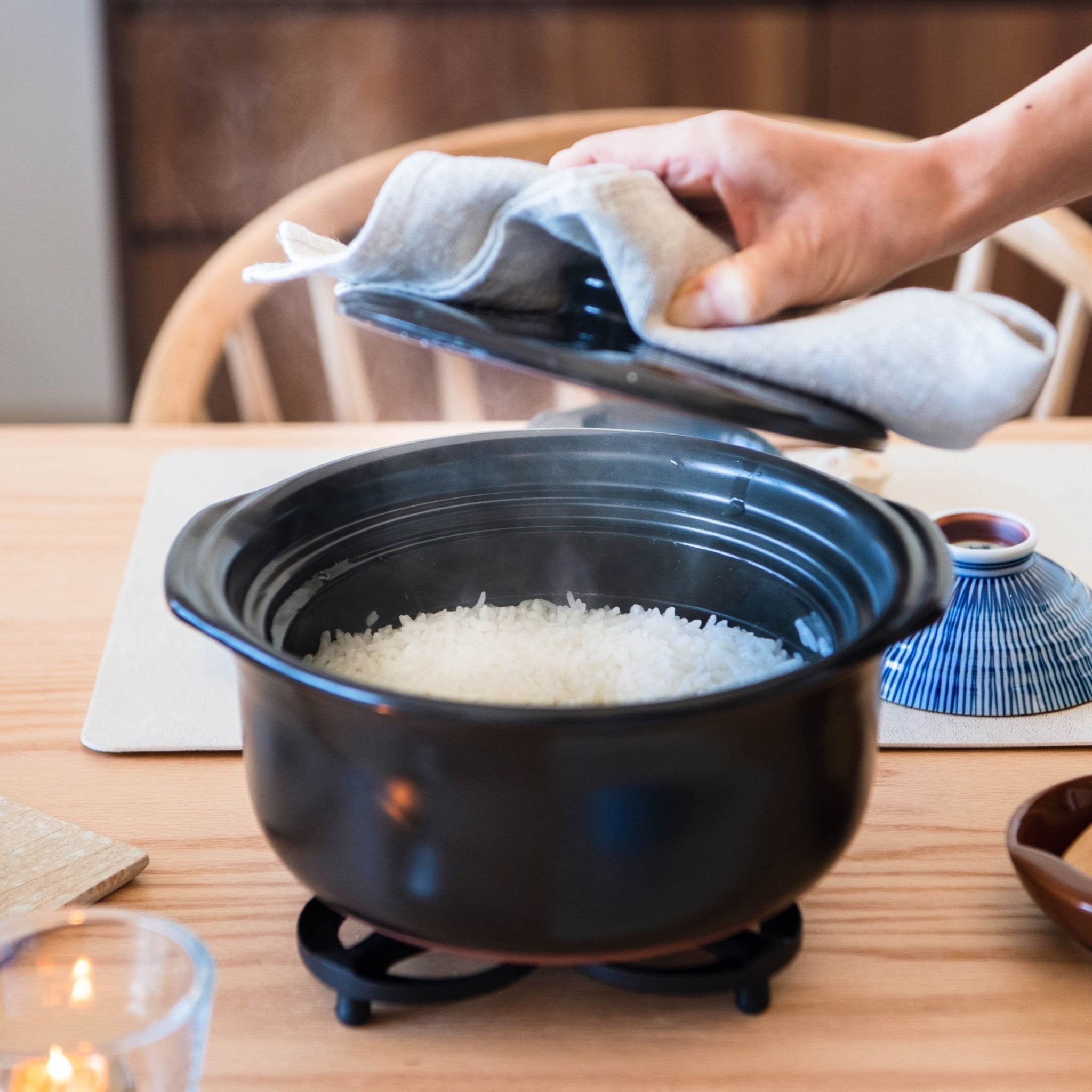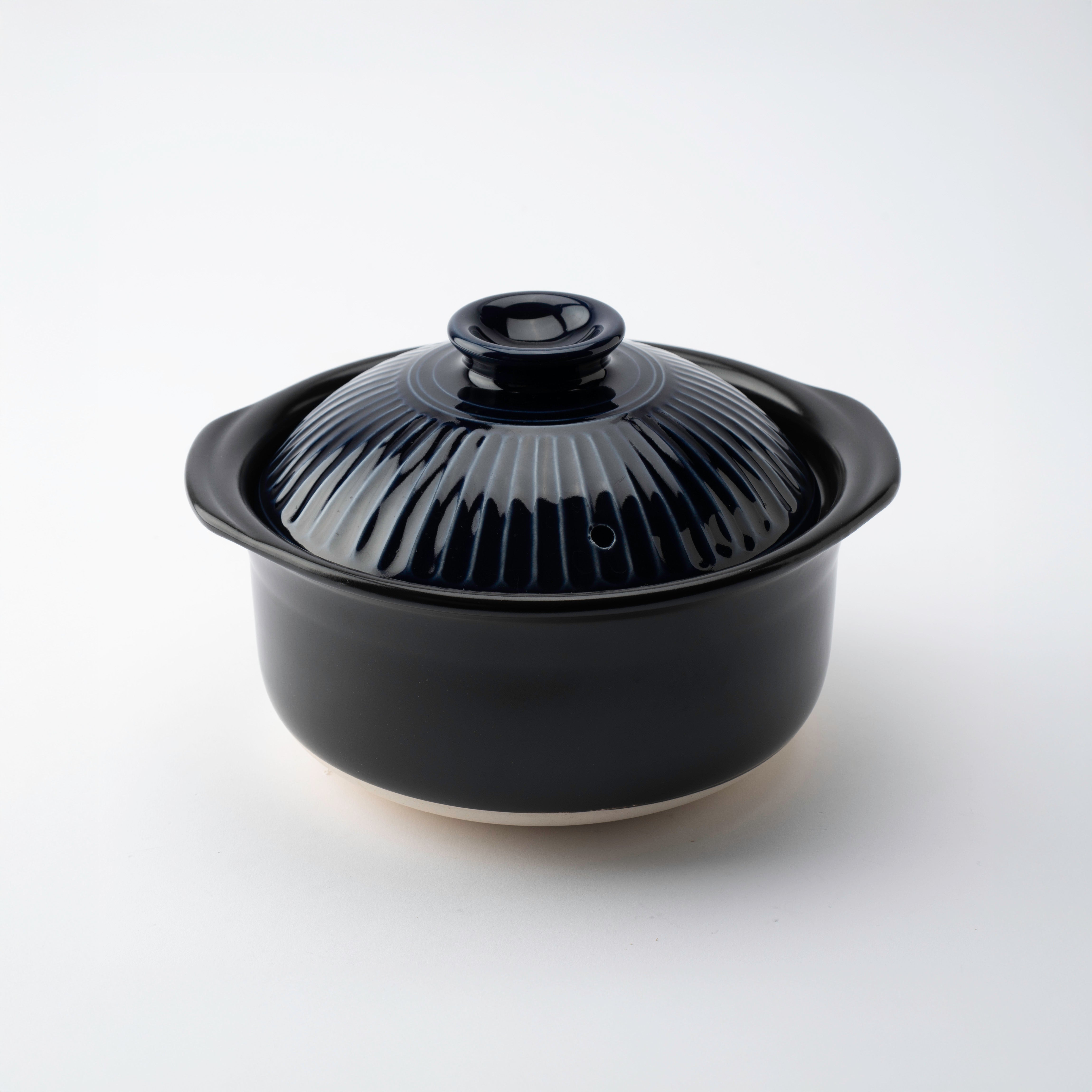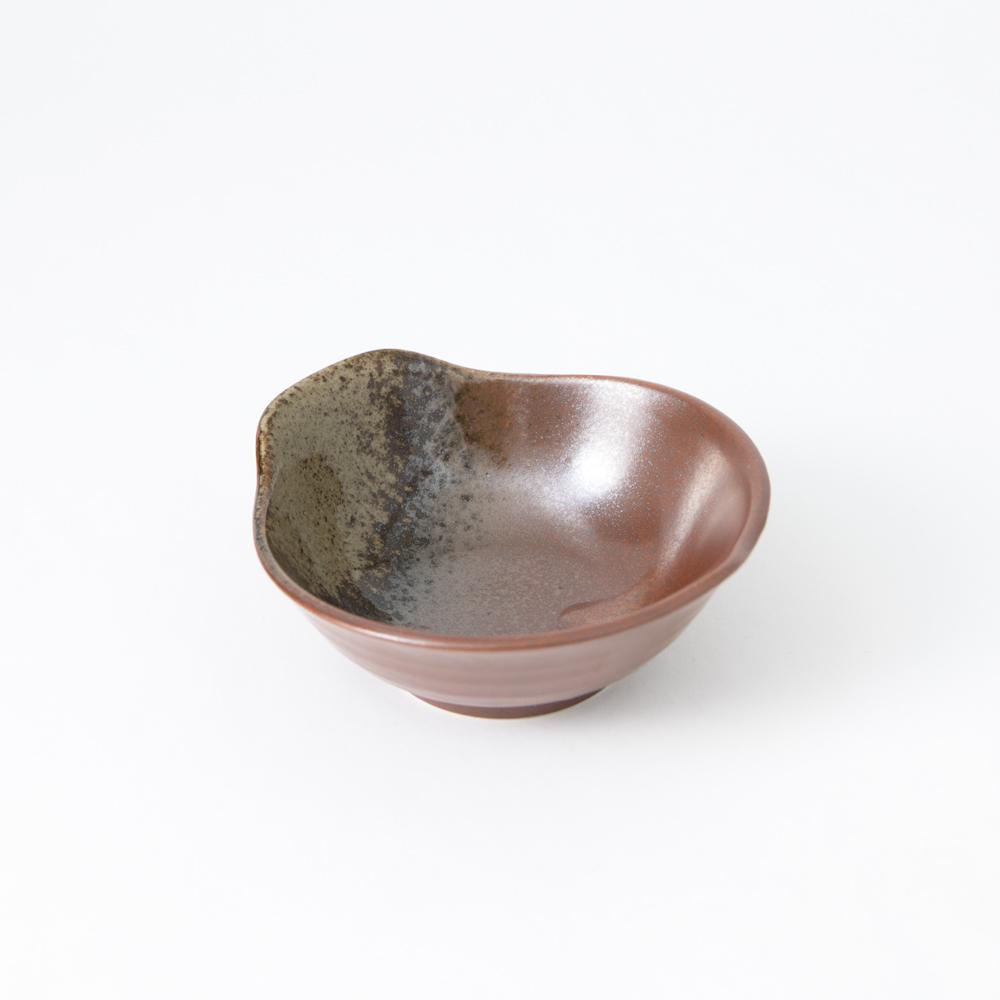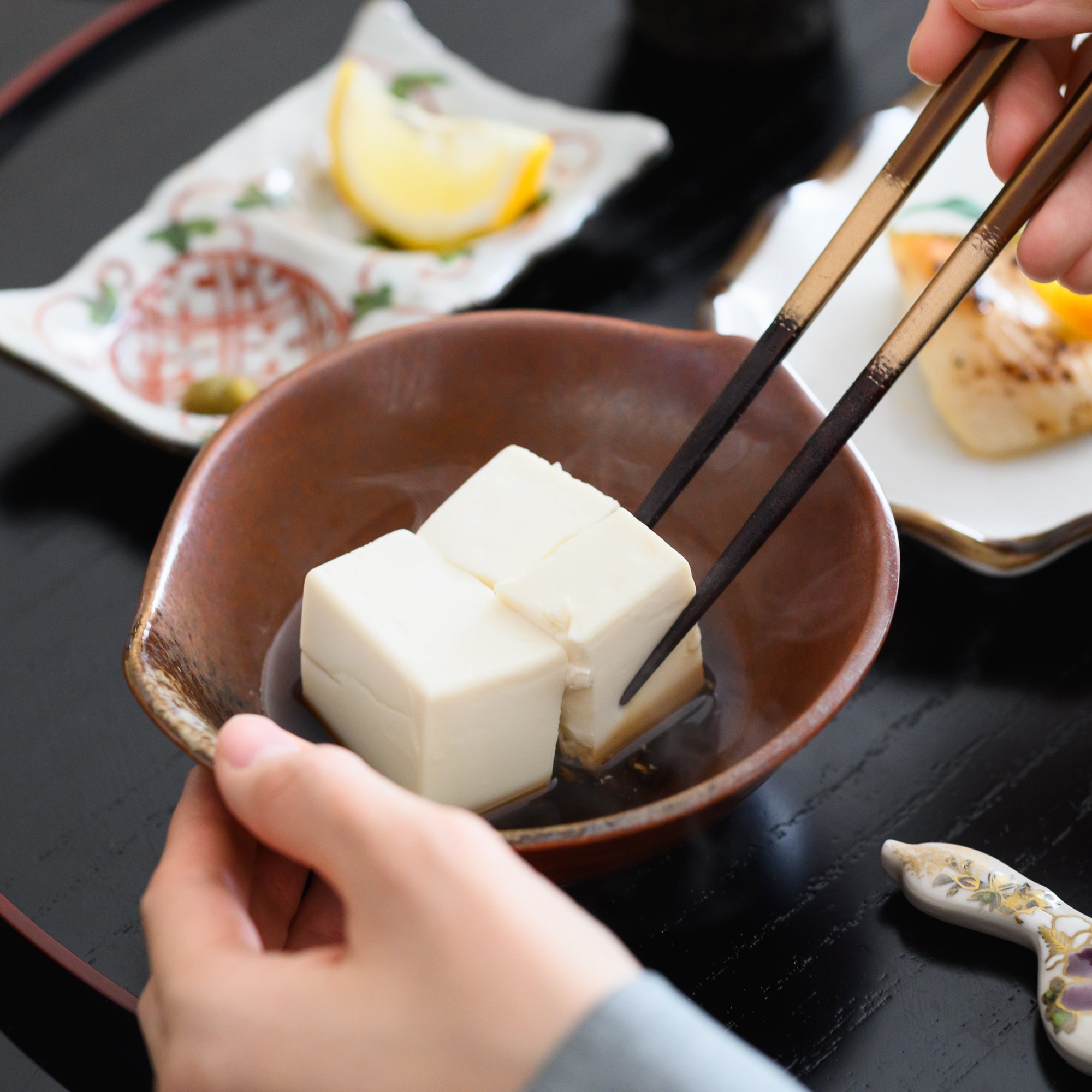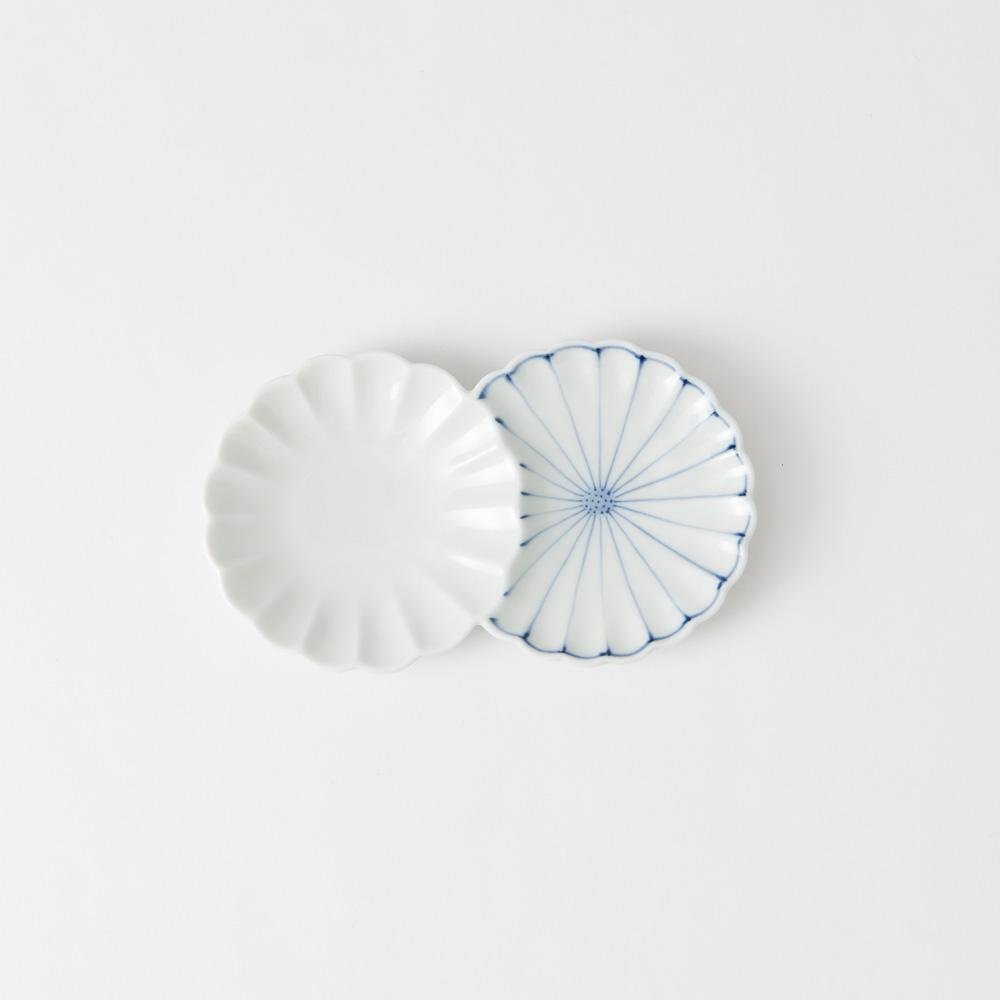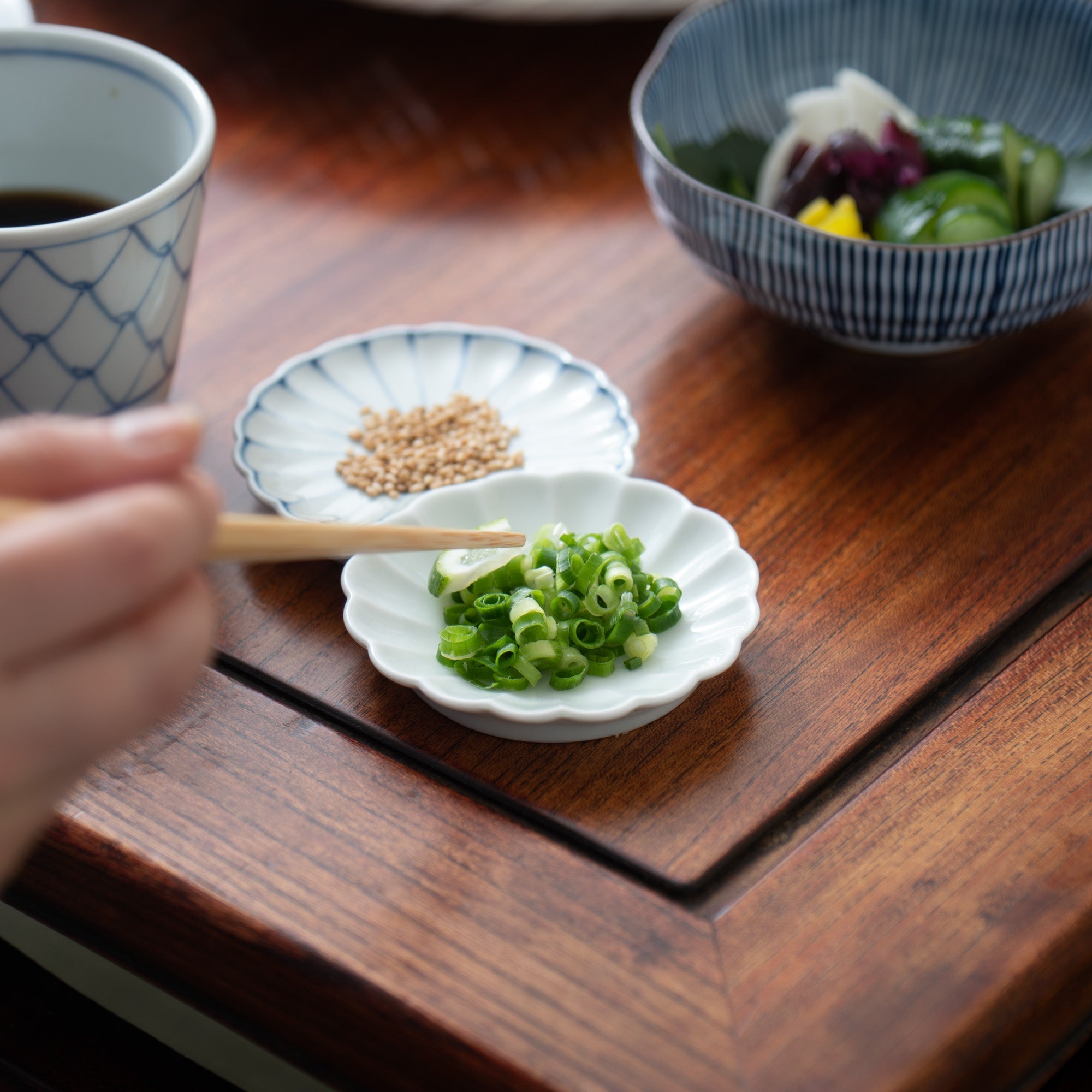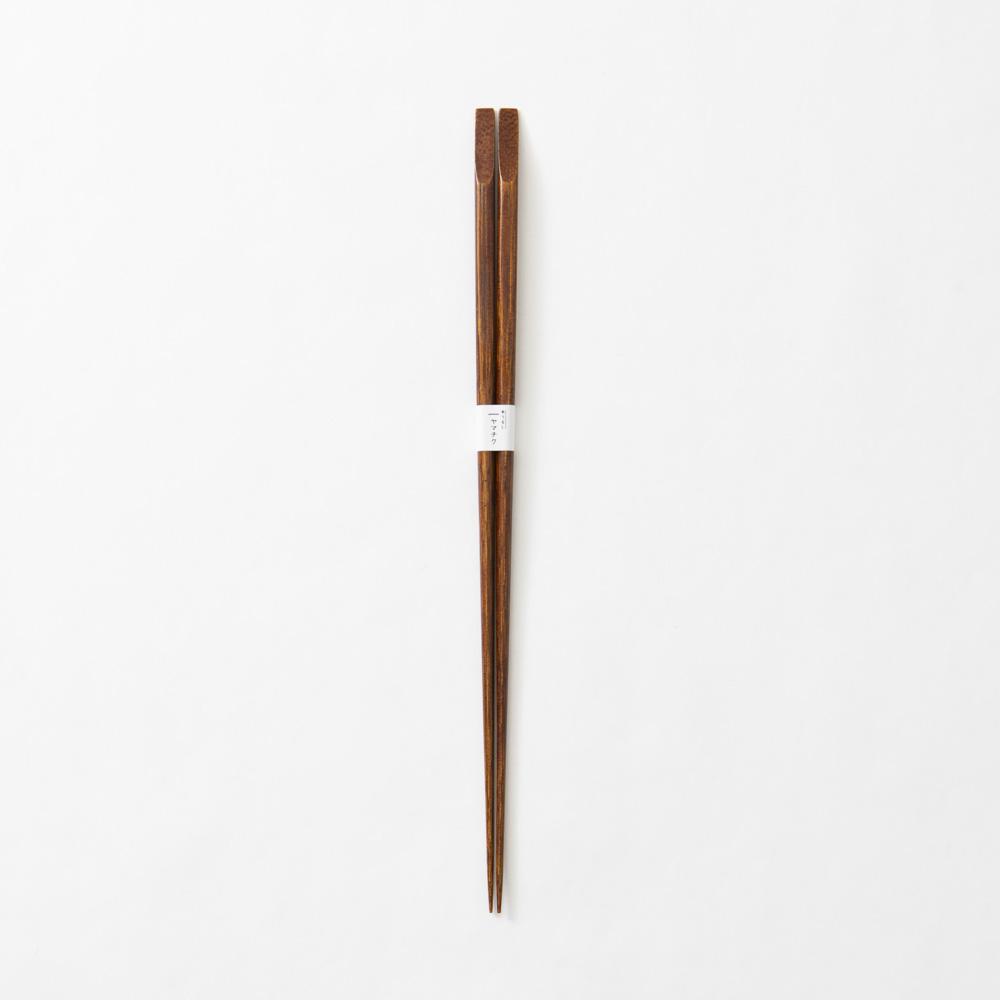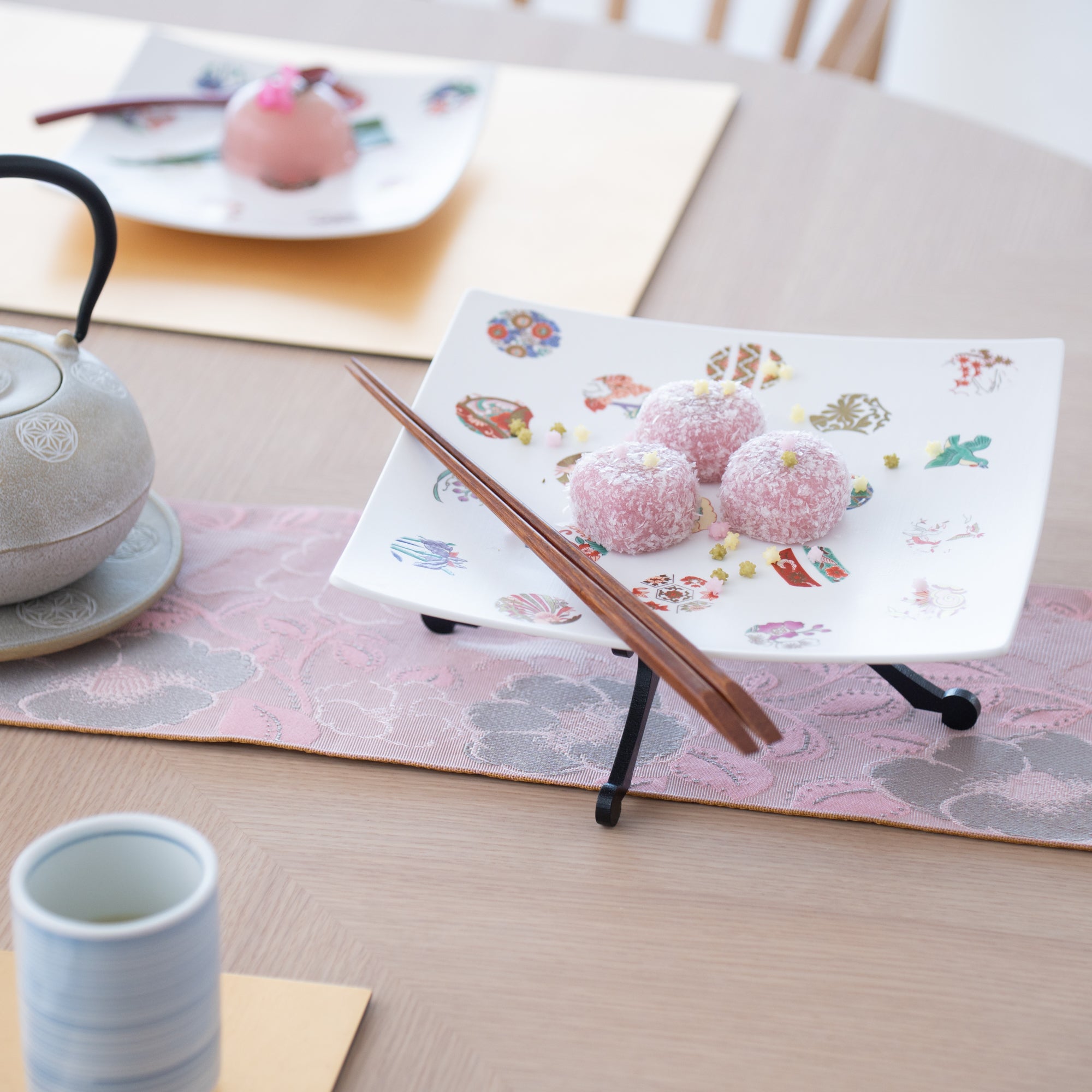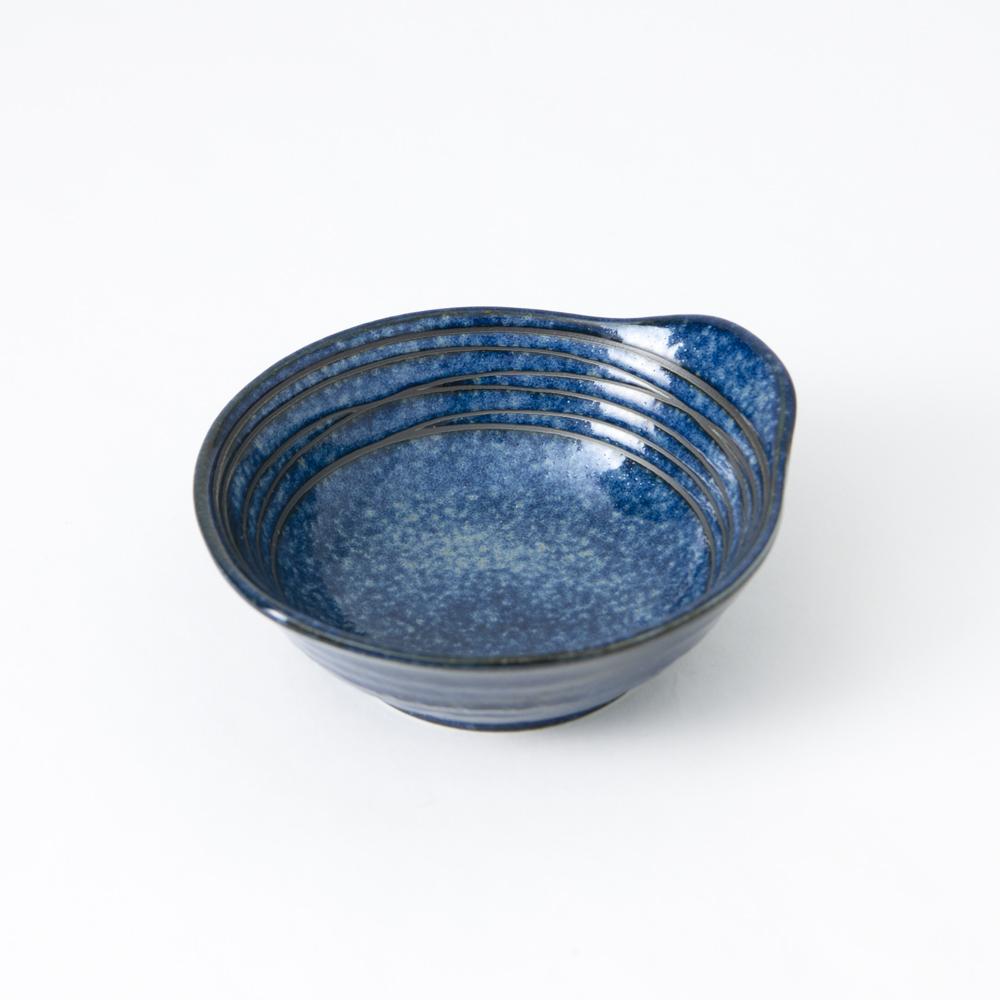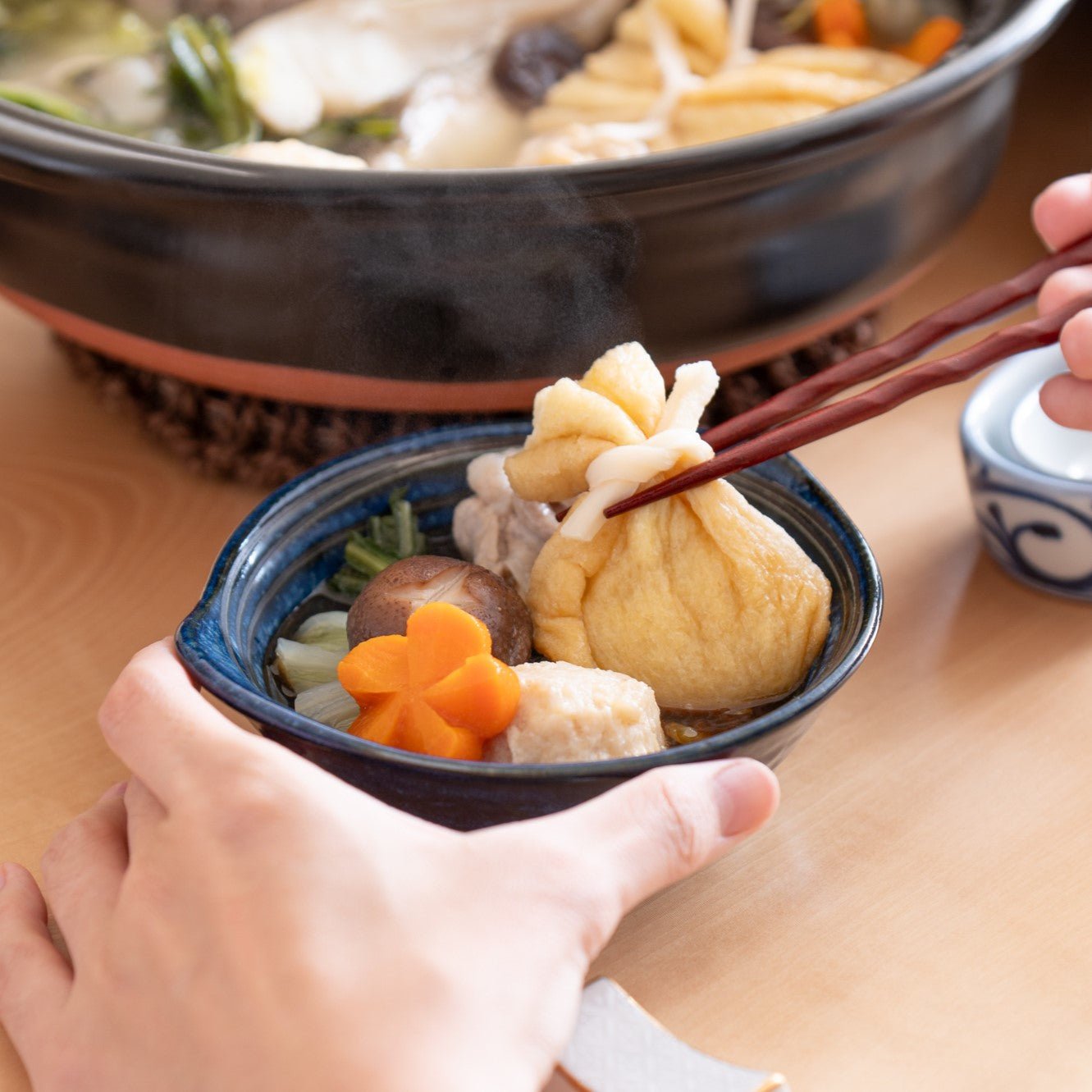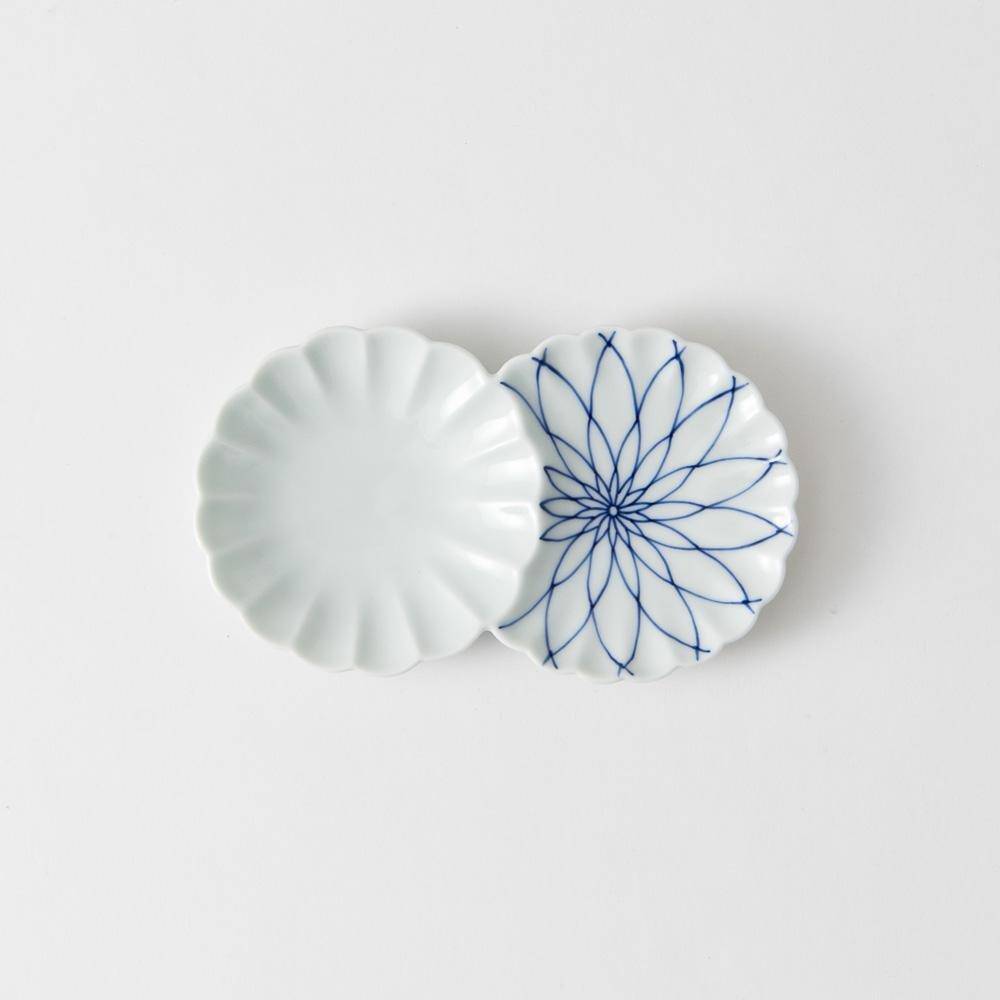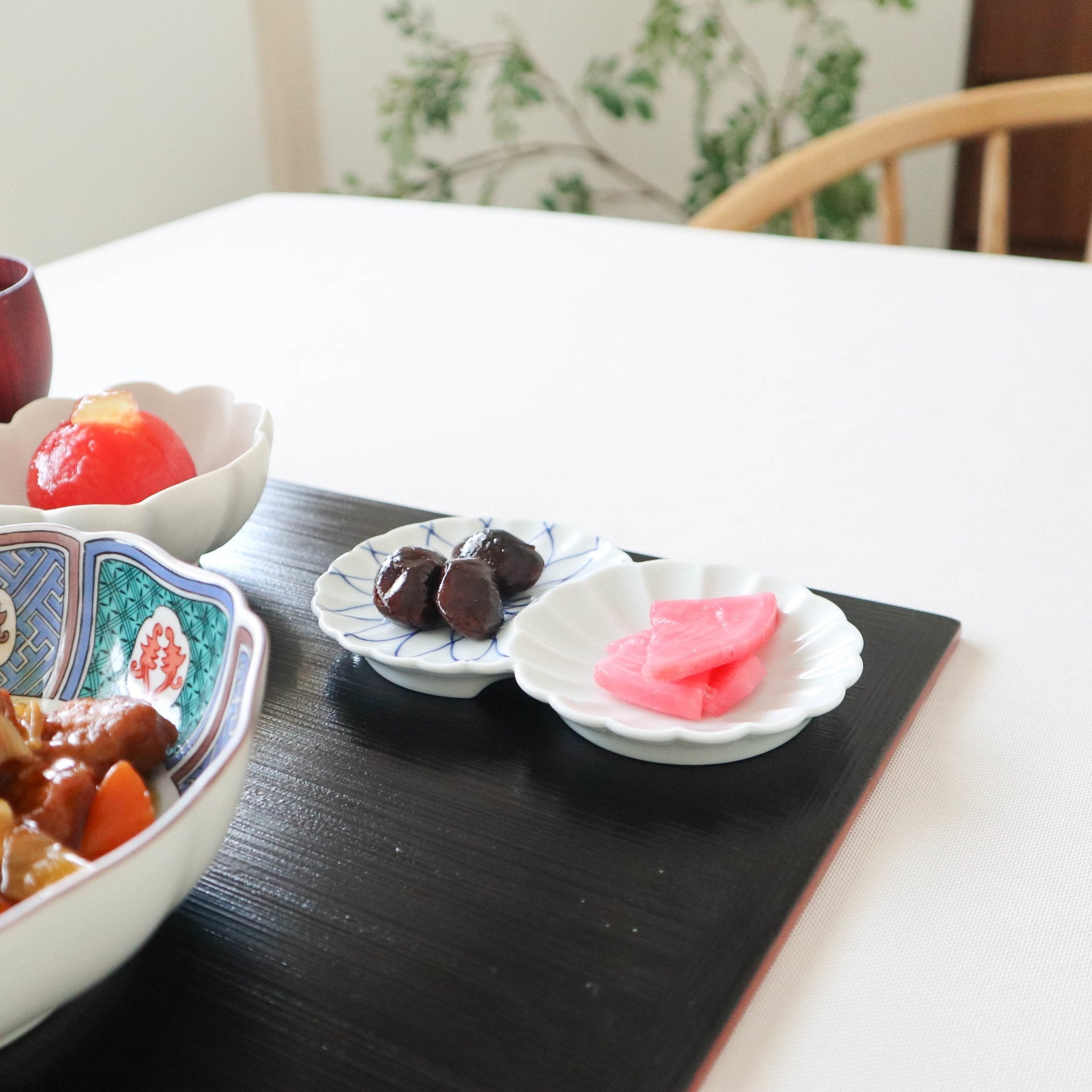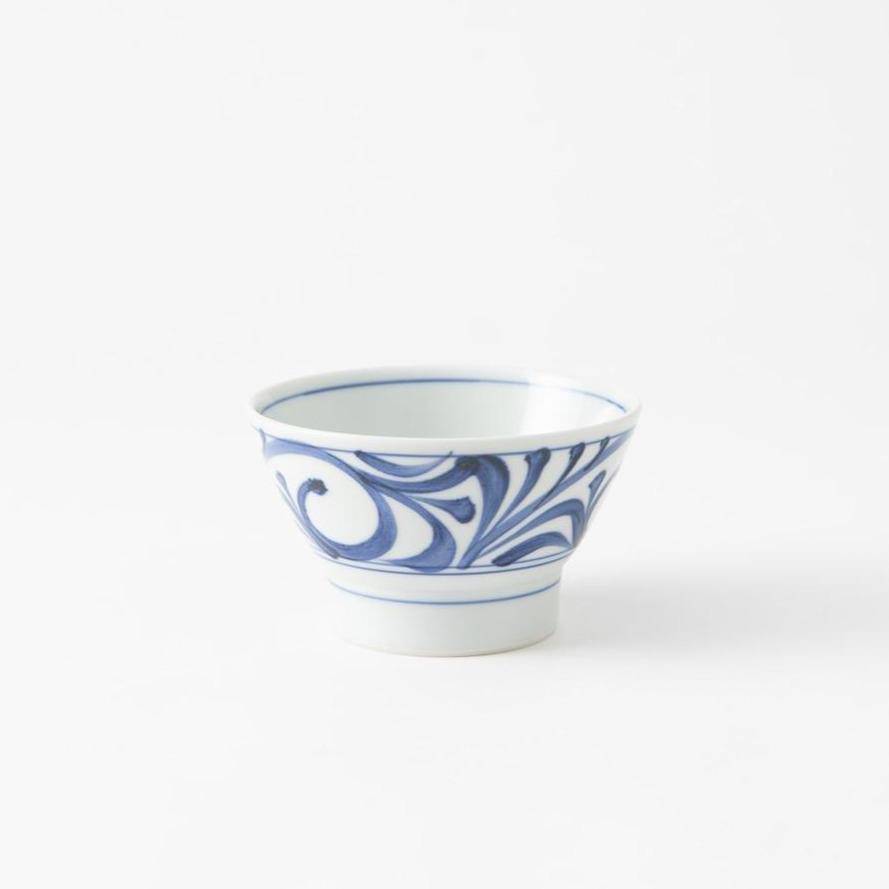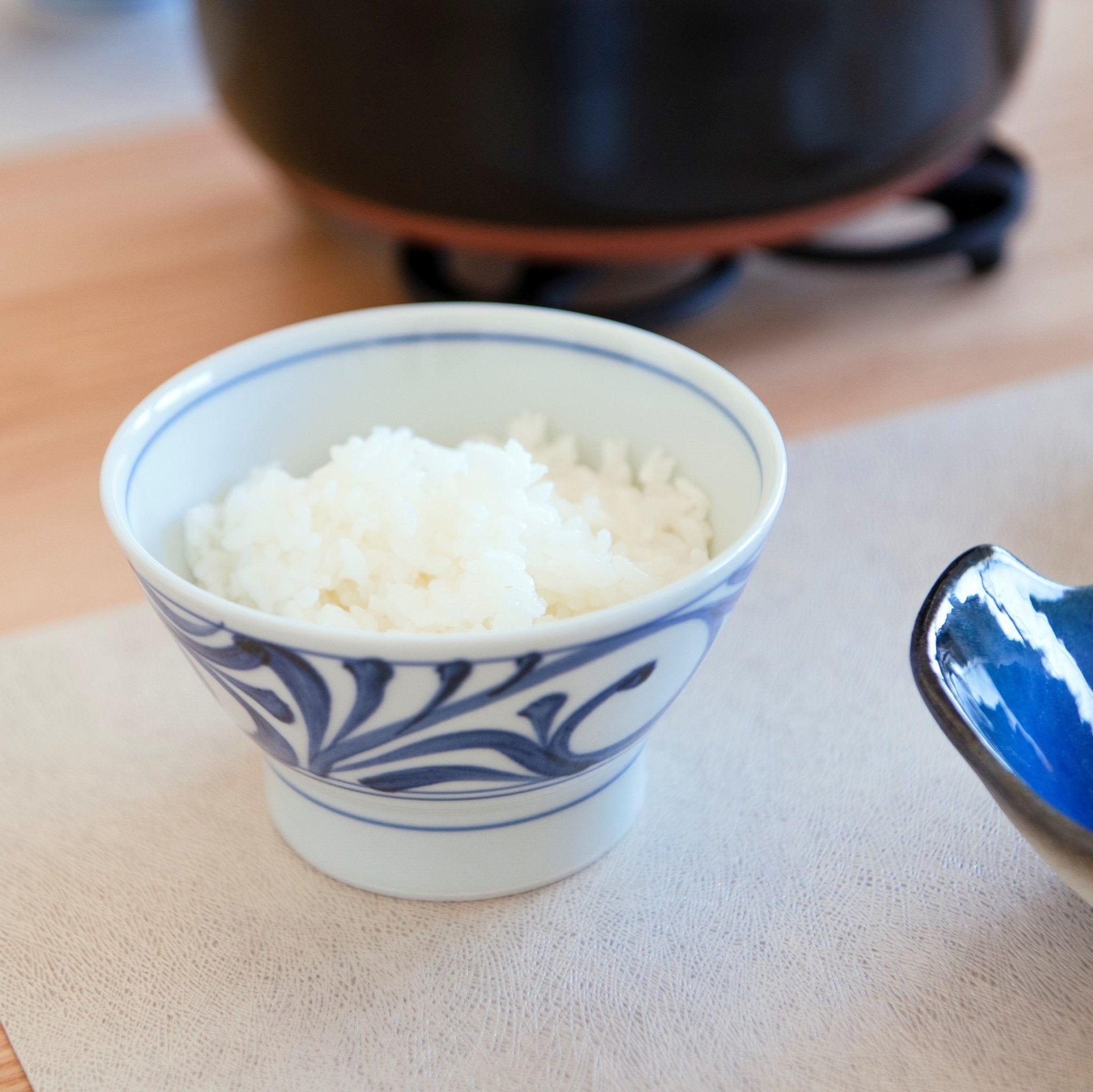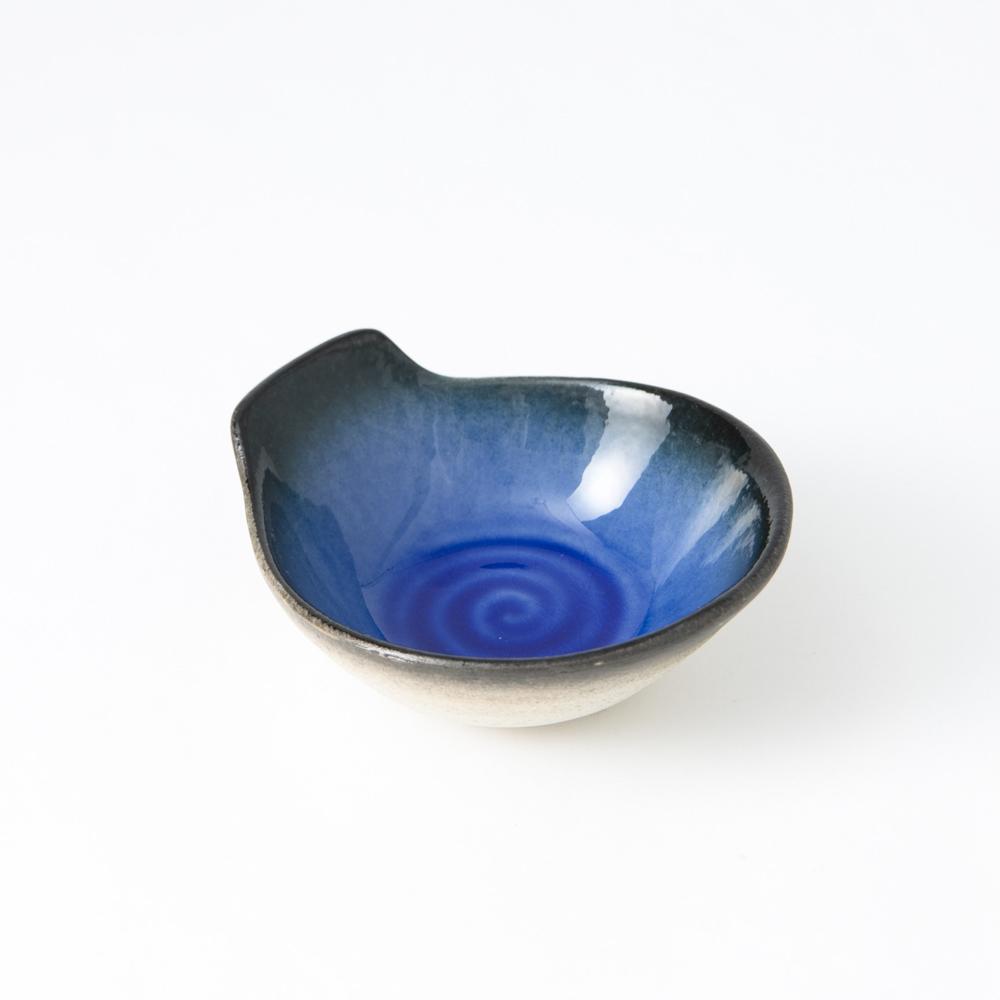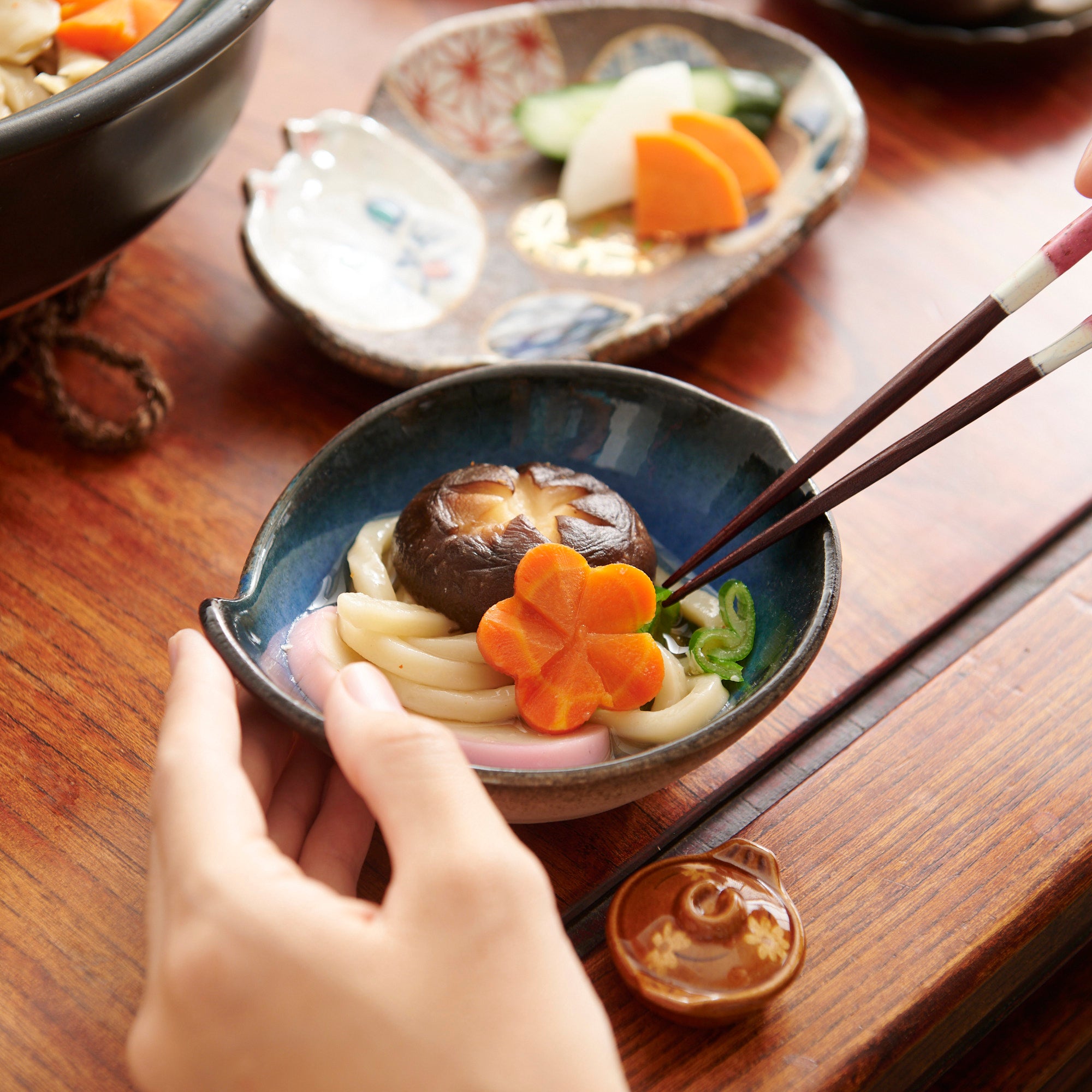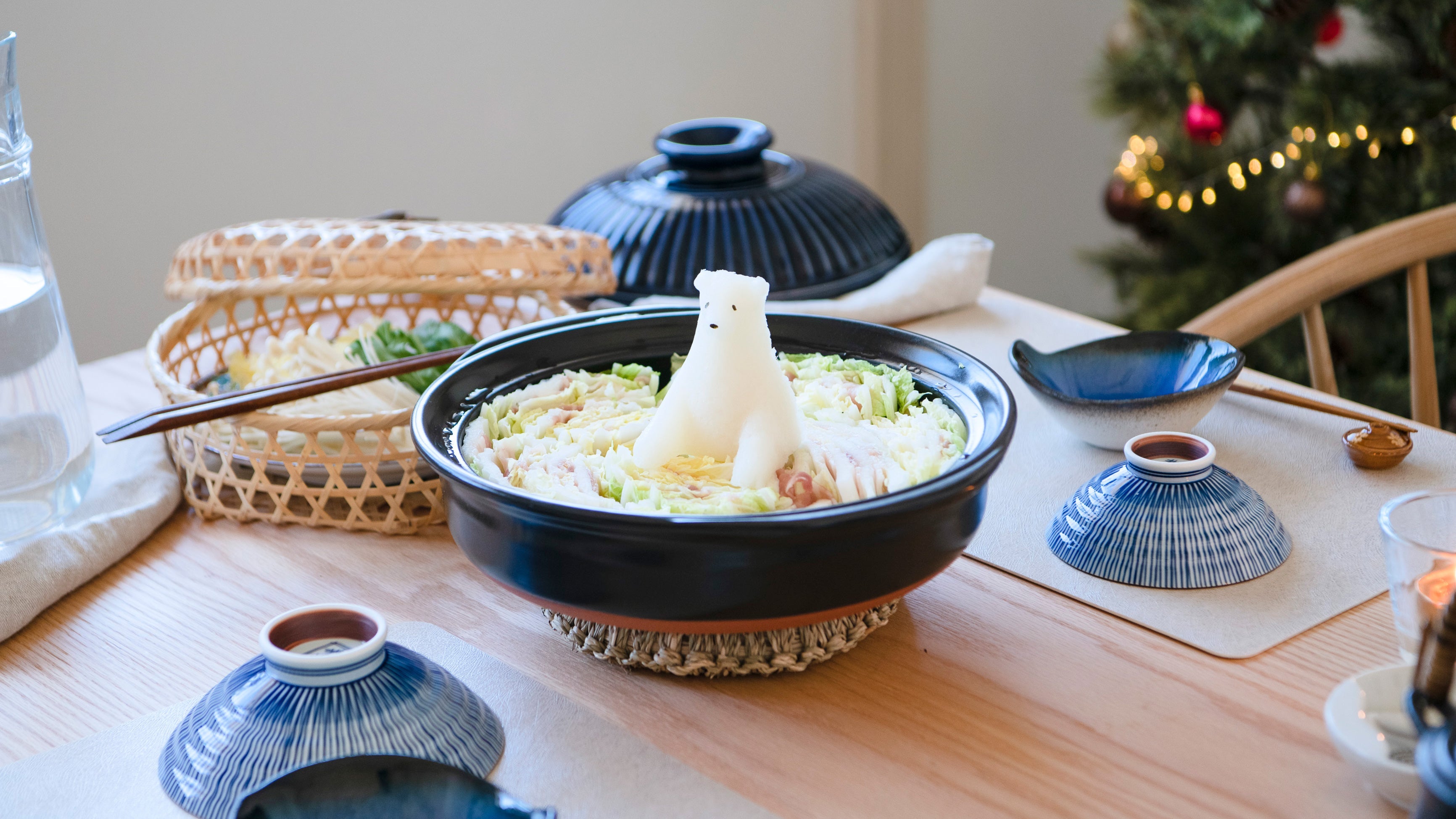
Warm Up On a Cold Day with GINPO's Hot Pot
Have a warm party on a cold day with GINPO's clay pots! The time when everyone eats the same dish cooked in the clay pot will surely be a special time with lively conversation.
This time I made a hot pot in which a polar bear made of grated Daikon radish peek out. You'll want to try out many different recipes!
Filters
Ganko Bamboo Large Chopsticks
Sale price$17.00 USD
Wave White Bamboo Chopsticks
Sale price$53.00 USD
Donabe Chopstick Rest
Sale price$7.00 USD
Sakura White Bamboo Chopsticks
Sale price$53.00 USD
Sea Bream White Bamboo Chopsticks
Sale price$53.00 USD
Geometric Pattern White Bamboo Chopsticks
Sale price$53.00 USD
Tokusa Japanese Rice Bowl
Sale priceFrom $38.00 USD
Kikka Donabe Japanese Clay Pot for 3 to 4 People
Sale price$92.00 USD
Kikka Donabe Rice Cooker 3 rice cooker cups (3 Gou)
Sale price$113.00 USD
Red Brown Tonsui Bowl
Sale price$21.00 USD
Two Chrysanthemum Radiate Sauce Plate
Sale price$19.00 USD
Fine Bamboo Serving Chopsticks
Sale price$29.00 USD
Sea of Clouds Tonsui Bowl
Sale price$19.00 USD
Two Chrysanthemums Mesh Sauce Plate
Sale price$19.00 USD
Kurawanaka Arabesque Japanese Rice Bowl
Sale price$33.00 USD
Indigo Glaze Tonsui Bowl
Sale price$19.00 USD


